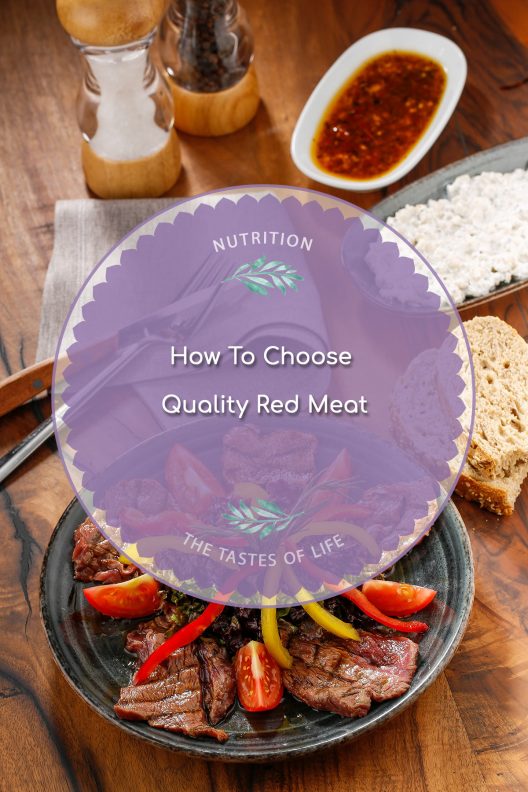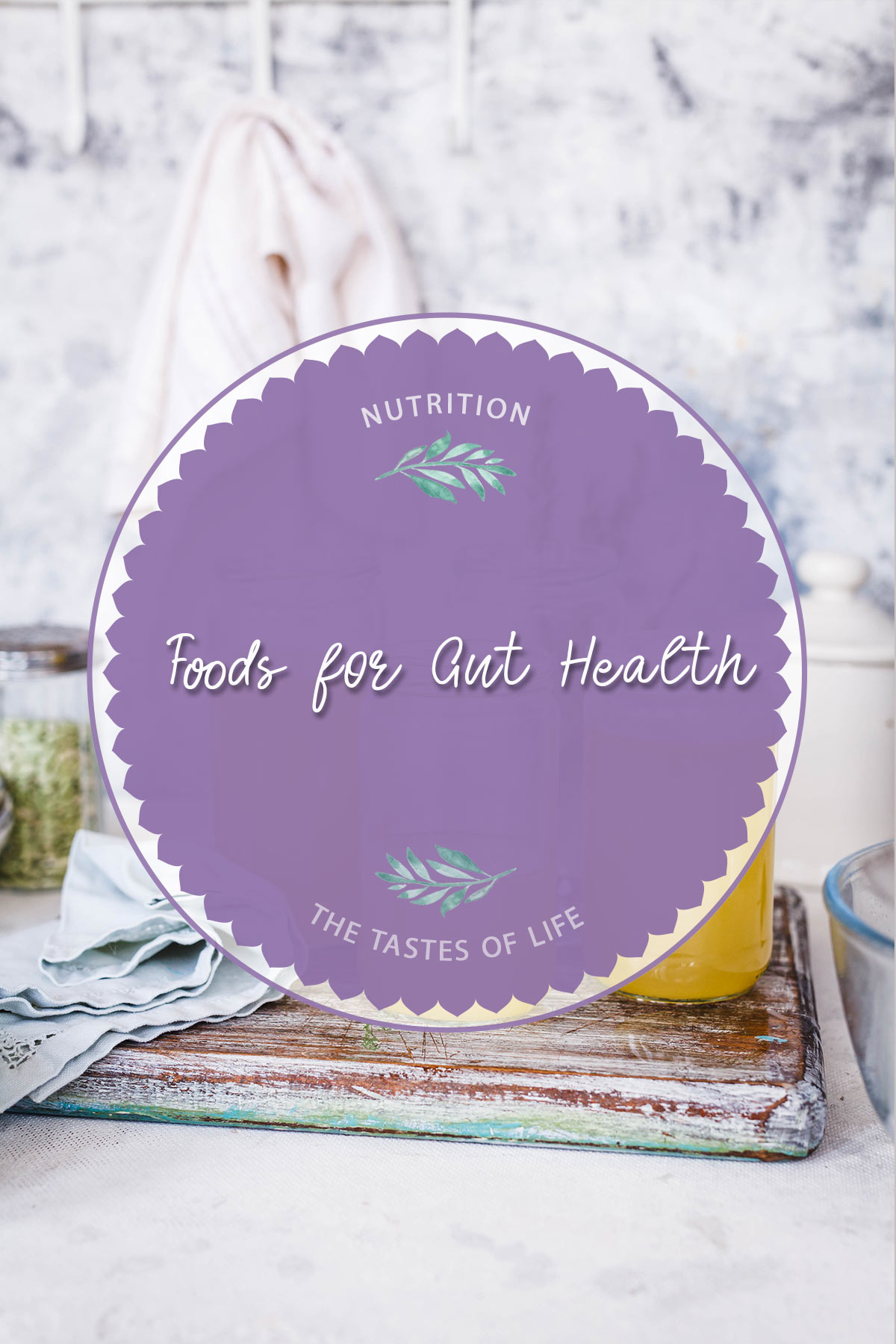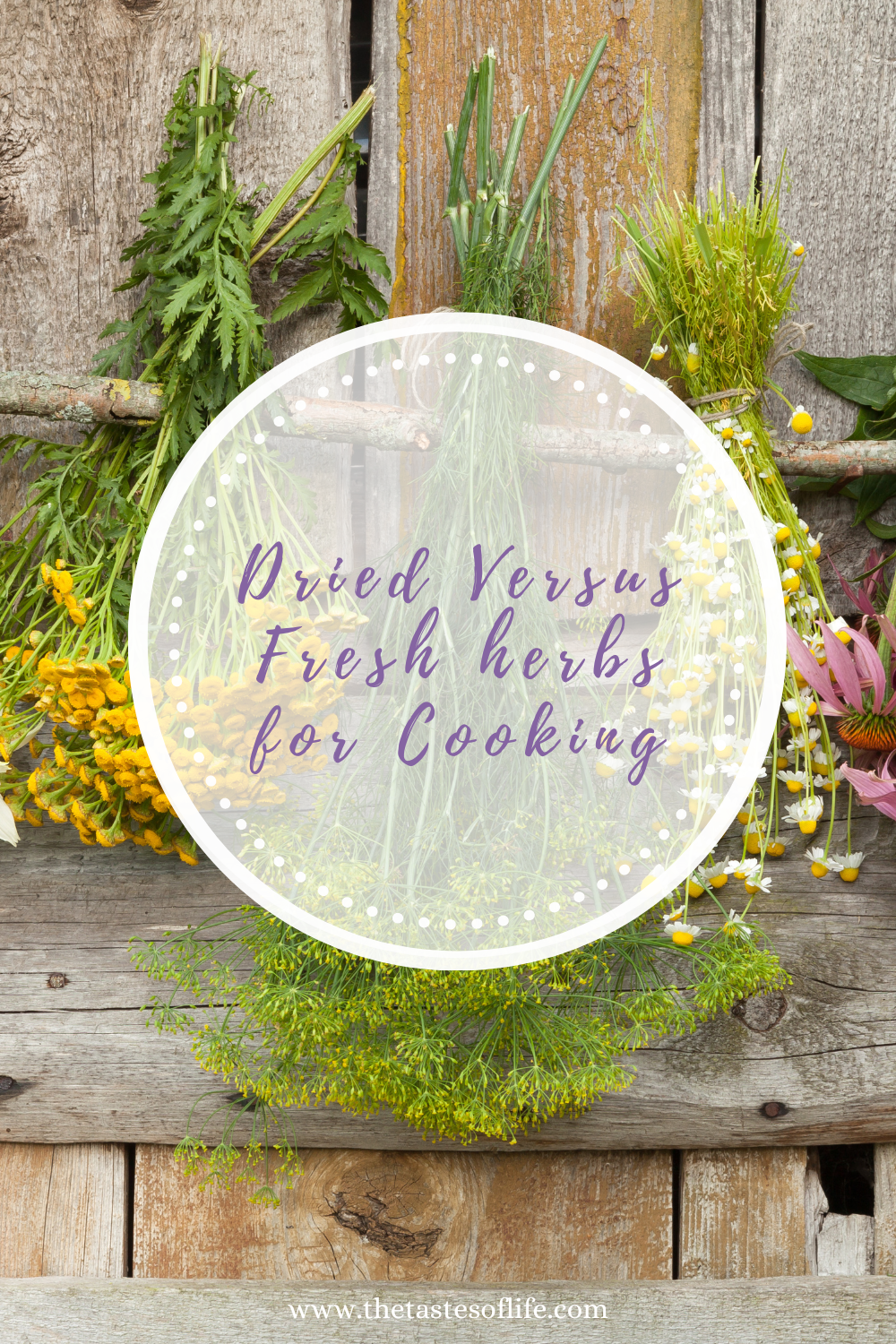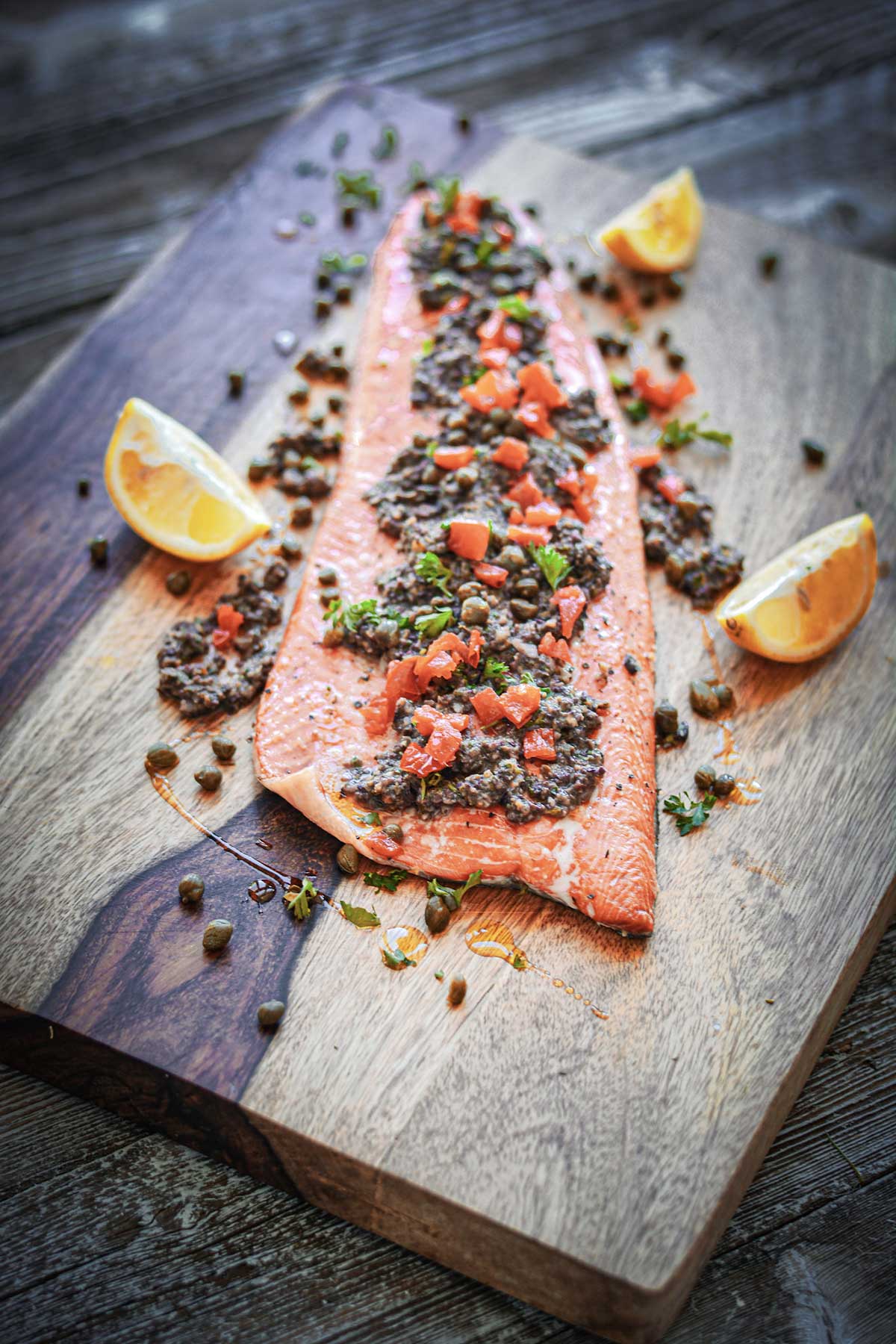How To Choose Quality Red Meat

Easy Tips for Choosing Quality Red Meat
The choice of maintaining a healthy and robust lifestyle and body frame while at the same time indulging in red meat is quite challenging for many people. This feature brings to fore tips on how to choose quality red meat that is both healthy for your health and sweat to taste.
It may surprise many people that nutritionist opt to go straight for that meat and to skip the kale or other veggies on the menu, but we’ve got a valid explanation for that. The American diet has, for ages, vilified red meat, with scary headlines taking the toll on this sumptuous meal. For years, the media and other mainstream news outlets have projected red meat in the red light, with reports relating it to cholesterol, and recently, that raising cattle is a danger to the environment. The two related issues, environmentalism, and nutrition are both diverse, complex, and challenging to tackle. This feature takes a different dimension from the debate relating to nutrition and the environment and acts as a “highlight reel” on the numerous benefits of Quality Red Meat.
We aim at helping you avoid the nitty-gritty of sensational headlines and science and give you the straight scoop about the benefits of red meat. Below is a definite highlight of the tips on how to choose Quality red meat and why it is beneficial to your general health.
What Does “Quality” Even Mean?
In matters of Real Food and nutrition, the term Quality has the real, lively meaning as opposed to the general ordinary sense of the word. For this post, the definition of Quality is simplified into the phrase “Real Food is beyond organic meals, but in essence, is food that keeps your body nourished, has undergone minimal processing, contains and maintains its natural integrity in regards to the health and human dignity who produce it, observes animal’s welfare and is mindful to the environment.”
What Is Grass-Fed Meat?
The term Grass-Fed is quite common in the Real Food and meat cycles. The word is used to refer to a cow or lamb (in the case of red meat) grazed on grasses during its lifetime. The meaning does not go to details, for instance, not explaining how long the cows were fed grass or if any other additional feeding was available for the cattle. The meaning does not also clarify the type of grass, and if the grass was open to the animals or throughout their lifetime. The term Grass-Fed only means that the cow ate grass at some point in life.
To clear the air about the vague term “Grass-Fed” we at this moment relay to you what to look out for when you come across the word. We highlight the tips on knowing which grass-fed meat is of Quality and the ones to worry about when shopping for red meat. We hope this article will serve its intended purpose, and that at the end of it, you will be knowledgeable about what to look out for, and if grass-fed meat is right for you, and how to find it.
Below are the advantages of consuming grass-fed meat over the other conventionally raised types of animal meats.
Why Choose Grass-Fed?
Settling for pure grass-fed (and “grass-finished” or “grass-pastured”) and humanely raised red meat over grain fed-meat comes with many health benefits to you the consumer. The following is a highlight of the benefits of choosing grass-fed red meat;
- 2-4 times more omega-3 fatty acids
- comes with tripled times more conjugated linoleic acid that has anti-inflammatory properties
- helps in the reduction of the total body fat and saturated fat
- has a favorable required ration of omega-3 to omega 6
- comes loaded with sufficient vitamin B
- has numerous antioxidants
Apart from the beneficial health advantages to you, the grass-fed animals are natural herbivores with grass as their natural diet, ensuring that they maintain a healthy bodily frame. There are many dangers associated with feeding ruminant animals grains, which impacts their health negatively with many associated risks. The notable risk is the E. coli infection. Being that some of the grains are genetically modified, the animals feeding on such products are equally exposed to GMOs. This is something that you should be worried about when purchasing or consuming meat.
Pasture-based management of animals comes with numerous benefits to you, the consumer, and the animal. Other notable benefits are to the environment, mainly for the following highlighted reasons;
- Animals raised in enclosed areas with confined feeding programs are at the danger of overcrowding, unnatural conditions (excessive waste build-up, concrete slabs, no actual outdoor access, or room to move). Crowding of the animals results in an increased risk of infections. This leads to the unnecessary and unwarranted widespread use of antibiotics.
- Animals looked in concentrated areas results in large quantities of animal waste, which does not naturally decompose as a result of insufficient sunlight. The animal’s waste also results in a lack of healthy soil microbes and insects that break down the decomposing matter. The effect of concentrated waste is the contamination of the surrounding ground during leaching. The pollution also contaminates groundwater by leaking into streams,
polluting rivers, lakes and other water bodies. There is a possibility of the contaminated water getting into your taps for consumption. - Artificial growth hormones in farming are administered to animals to enhance faster growth, faster turnover in feedlots. The hormones also result in fattier cuts of meat when purchasing, which at times comes at a lower price.
Is Grass-Fed Better?
The decision on whether grass-fed animals meat is better solely lies with you, the purchaser, and the consumer. It is your choice to decide on whether to buy and purchase the Grass-Fed animal red meat over the other available options in the market. We know and feel that grass-fed and grass-finished red meat is the best option, and it is the choice we make whenever we make grocery purchases. There are numerous documented and well-researched benefits of grass-fed animal meat to the consumer, the animals, and the environment. The available evidence-based benefits of the grass-fed animal meat are the main reason why the demand for grass-fed animal meat is on the increase by between 25-30% every year for the last 20 years.
This feature provides you with a healthy alternative to the conventionally raised, grain-fed meat. The choice on whether to pick grass-fed animal meat over the other types solely lies with you, the consumer. Below is a highlight of what to look out for in regards to the labels and how to choose quality meat. Its tips also include what to look for in terms of the type of store, ordering online, or when purchasing from your local farmers market.
What about Organic?
The “USDA Organic” label features in many meat products but is not a guarantee of Quality of the meat. The organic standards regulations standards in the US require meat products to have the label if the animal received at least 30% of its diet from the grass or dried foliage. The other products in the animal’s feeding compounds, if comprising of grains, should be from organic grains. Another component of natural labeling facts is for the animal not to have received growth hormones or antibiotics. A point to note is that antibiotics are used in organic farming but only when necessary, to save the life of a sick animal who, after treatment, would no longer qualify as natural.
So, is organic bad then?
There’s no refuting the fact that organic products are not harmful to you, but it is just one part of the story. Quality red meat can be both natural and grass-fed or only grass-fed as highlighted below;
Labeling: What to Look for When Buying Grass-Fed Meat
Unfortunately, there is no single label, seal, or stamp of approval in existence to aid in the discern Imation of whether the meat is from a grass-fed and grass-finished animal that was humanely raised. This factor notwithstanding, there are other possible ways to guide you make an informed choice, which includes the following:
- Ensure you carefully check the package label for product information. Thoroughly inspect the label, checking on the fine manual print. The label worth taking note of includes the American Grass-Fed Certification, which comes with the tag “Certified Grass-Fed.” the organization is a third-party certifier is currently, no government agency is tasked with checking grass-fed standards.
- Ask questions. It is essential to inquire about the product information, apart from those provided for on the company company’s website. A face to face conversation, call, or an email enquiring regarding the product will allay any fears that you might have and answer your questions.
- Some of the guiding questions to ask to help you gather vital information about the meat product include the following;
- Inquire about how the animals were raised and what they were fed on during their upbringing
- If the animals fed on any other type of food apart from grass, the type of feeds and the quantities, about grass versus grains
- If the animals were feeding exclusively on grass as their meal during their upbringing up to the point of the meat processing
- If the animals were confined in a particular place or if they were allowed to freely roam and feed, and their access to outdoor spaces
- Ensure you enquire about the incorporation of organic feed to the animals, especially if you are worried about it. Inquire whether the grass the animals fed on was exposed to pesticides and other related farm chemicals.
- Ensure that you are confident in the state of the animal’s health and enquire if antibiotics were used during its upbringing, and if used, was it to improve the animal’s health or was it a matter. Ask about the general health of the animals and whether antibiotics were regularly used, and if so, if it was a matter of saving or improving the life of an animal?
You should not be afraid to ask any of the above questions or even visit the farm if it is possible. A farmer or rancher who owns healthy, well-cared animals will not hesitate to guide you through your questions.
- Located a trusted and reliable online source. Although the option of purchasing meat online might come out as scary to some people, it is an excellent way to get the product you desire for a fair price and in a convenient way. Buying from your local market, if available, is also a comfortable and practical way, but sometimes it is not an option. The best thing about purchasing your meat through online sources is paying back directly to the small family farms. Buying your meat product from online sources will go a long way to benefit the farmers and the entire network of organic farms. The Butcher Box makes it easy to choose quality red meat that is both safe and healthy to you and to friendly to the environment.
Do you want to know more? Book a session here: https://calendly.com/thrivinghormones-llc/15-minute-free-consultation
Please feel free to comment or ask any questions below. Share the blog on Instagram with the hashtag #thetastesoflifeholisticblog.
Yum





